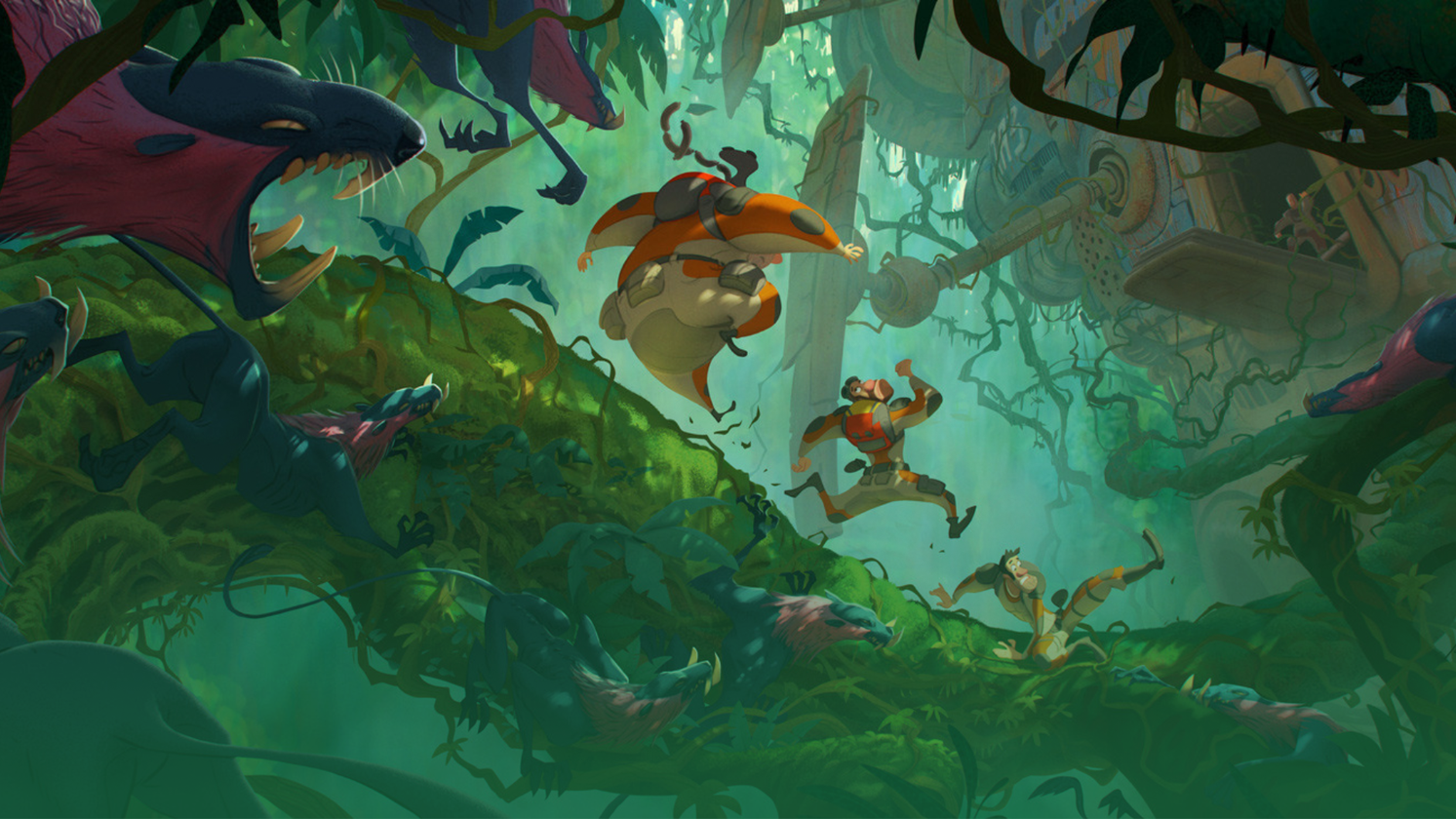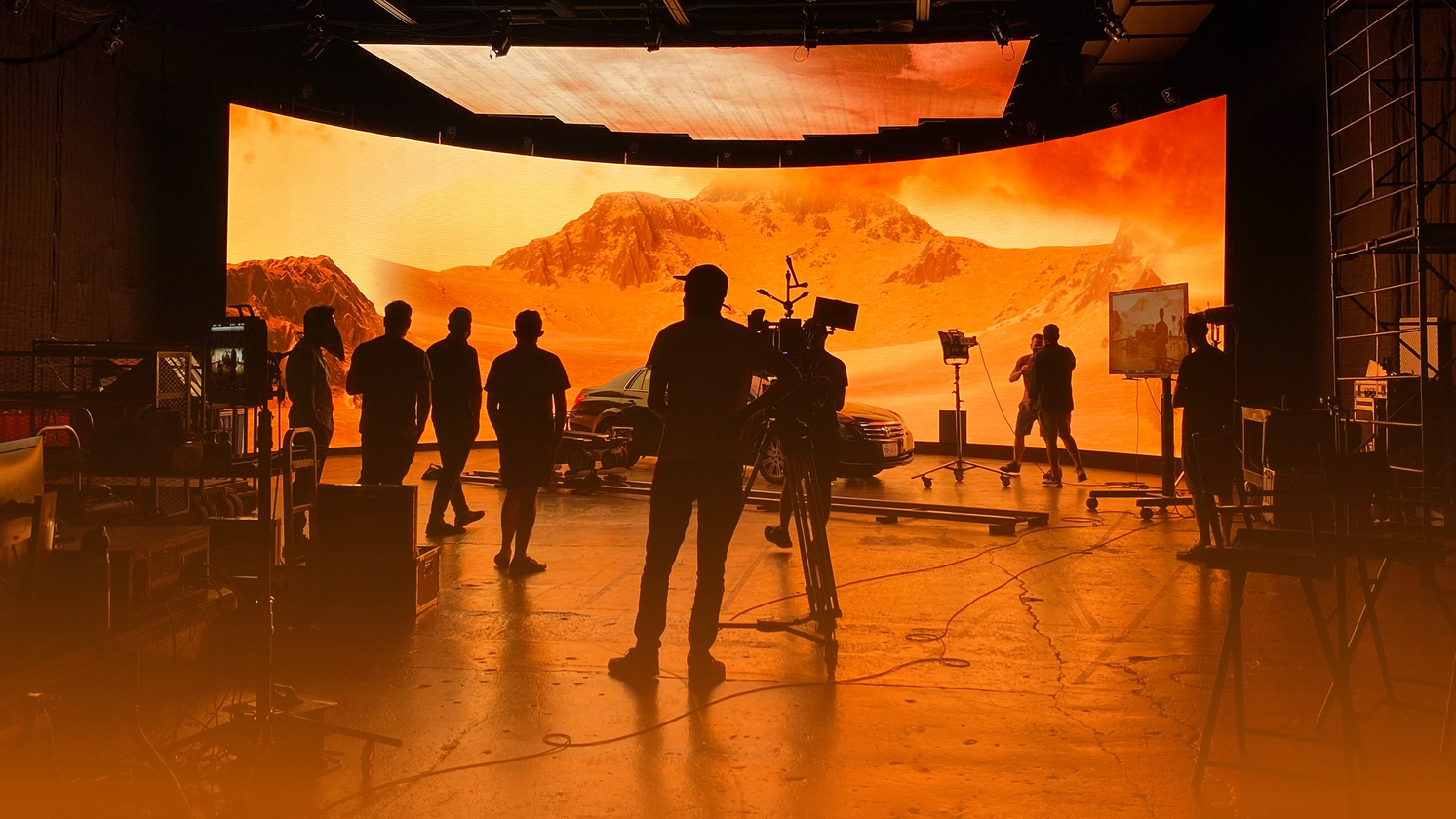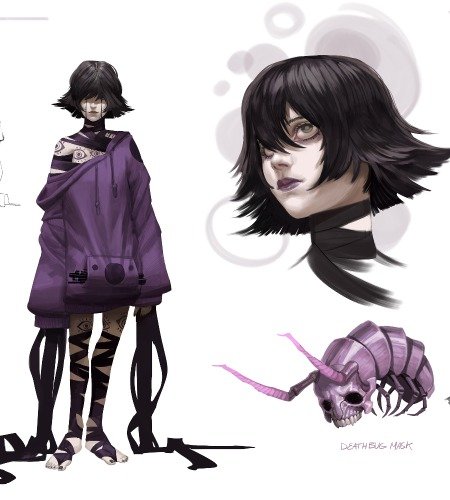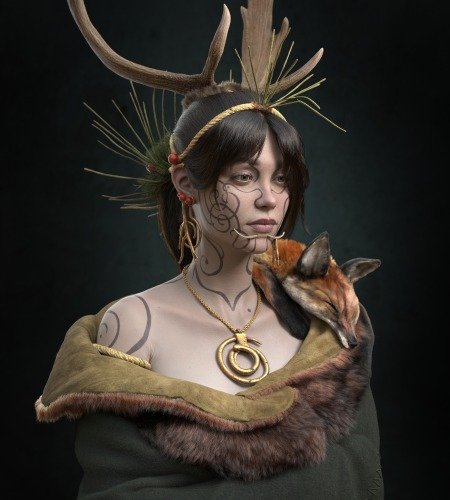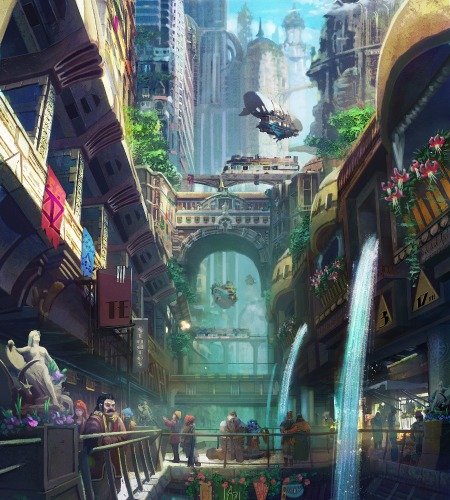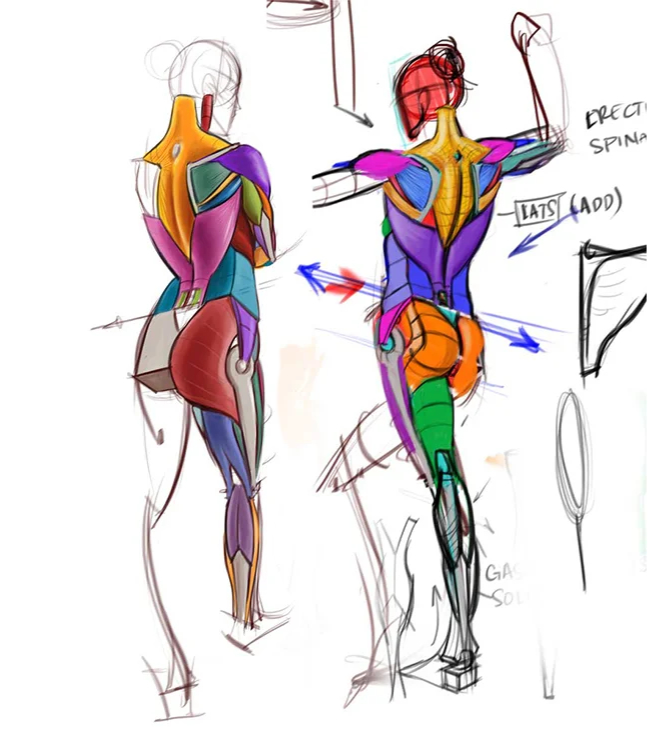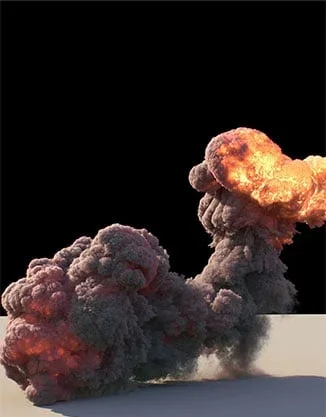Crafting a Mossy Oakwood Forest in UE4
Maya Mahalingam discusses her experiences in creating a Mossy Oakwood Forest in UE4 for Vegetation & Plants for Games led by Jeremy Huxley.
Introduction
My name is Maya Mahalingam, I am an Environment artist from India where I started my career working for the mobile game industry back in 2014. Later, I came to the US to do a Master’s degree at ETC-Carnegie Mellon. Since my graduation in 2017, I’ve been working at Magic Leap as a 3D Generalist. Over the years, I’ve really enjoyed working on worlds with photorealistic textures and procedural materials. Being an advocate of self-learning has helped me move forward in my career to transition into an Environment Artist. I’ve always found organic scenes very compelling which led me to Jeremy Huxley’s Vegetation & Plants for games course. I’d like to give a special shoutout to CGMA and Jeremy Huxley for lending a huge helping hand in this.
The environment that I’ve created is inspired by Wistman Woods located in Dartmoor, England.

References
For resource gathering, I started off with Adair Payne’s paintings, AllTrails, CG textures, and Megascans. The preferred approach for me has usually been clicking real-life photographs and using them for scene and texture references. But since I was lacking time for this environment, I began by collecting some references online and then moving into sketching some ideas. I came across Wistman Woods which had beautiful tree structures and different kinds of vegetation that really caught my attention. So, I went on to create a style guide of all the references put together to break down the assets that I would have to create and the scene’s color palette.


Rough sketches usually help in understanding how the different elements in your scene can come together to make a good composition.
Planning
I would recommend making an asset list before jumping into production to keep track of the timeline. I also found this to be a powerful method to organize myself in the limited time that I had after work. It definitely helped me a lot to keep myself on track for each week’s goal/deliverable.

Trees
Since the trees covered 60% of my scene, I had to put extra effort to get it right. The idea was to maintain the spookiness from the trees of Wistman Woods but keeping it considerably pleasant as well.
I used 3 modular tree trunk pieces that were created using Zspheres to build multiple variations of trees. In UE4, I hand-placed the tree variations and used the foliage placement tool for other plants in the scene.

Plants & Rocks
Since most of the rocks were covered by moss in this scene, I focused on sculpting the basic shape of the rocks using the Clay buildup and Trim dynamic brushes in ZBrush.

The process that Jeremy taught us for creating foliage was pretty straightforward. It involves sculpting and painting the leaves, creating leaf cards, and assembling them to build a plant. Although the process seems fairly simple, sculpting each leaf in ZBrush could be a tedious process. I start by sculpting the base shape of the leaf and use the Spotlight to project the reference image on the sculpted leaf. Based on those details, I sculpted the veins using the Rake brush and other micro details like dry areas, etc. using the Crumple brush in ZBrush. I poly-painted the leaf and then duplicated it to create the leaf bunches. It’s also very important to have multiple color and form variations (by using the deformers) for the leaves to create a believable look while assembling the plant. And for the Spanish moss, I tweaked some properties of Fibermesh in ZBrush to get good results of hanging moss structures.



Another quick way to make the leaves more accurate is to create custom lightmap UVs for the leaf cards and making sure there are no overlaps that create dark leaf cards in UE4. It’s also vital to use Subsurface values for the leaf materials for light to be able to pass through. Here’s a foliage tutorial from Peyton Varney who talks a bit more about subsurface material.


Materials
I used the primary approach of creating tileable procedural materials in Substance Designer to create moss, terrain, and bark textures. This tool can be handy once you get the hang of it. And in UE4, we also create some blend materials that work together for a single object, like bark with moss and lichens for example.




Lighting & Composition
In UE4, I used a directional light with light shafts to create the god rays and some indirect lighting to ease off the harsh shadows. I used a combination of an exponential height fog with depth of field and slight bloom to create the illusion of depth.
The initial reference sketch played an important role during the composition of the elements/plants using the foliage placement tool in UE4. This becomes a powerful tool when you have the base elements of your scene hand placed already. So, I based my scene’s composition on the initial sketch that I made and then went on to use the Golden ratio to bring about focus and balance to the scene.




Overall, the scene is pretty simple—it’s just a lot of small pieces working together. I hope to create more organic scenes in the future.


